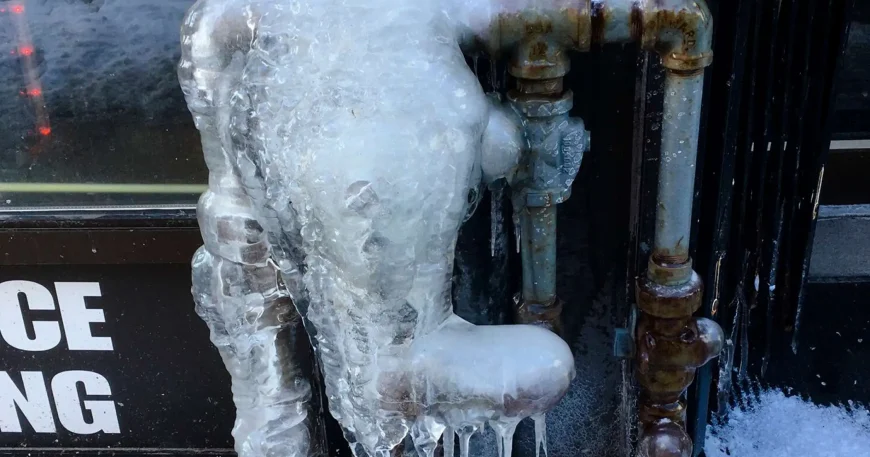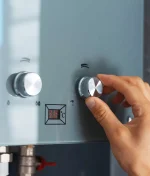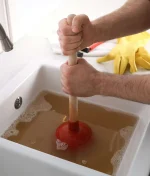
During the winter months, frozen pipes can be a homeowner’s worst nightmare. Not only can they cause inconvenience, but they can also lead to costly repairs. The good news is that there are steps you can take to prevent frozen pipes and protect your home from this common winter problem. In this article, we will explore the causes of frozen pipes, essential tools for prevention, steps to prevent freezing, and long-term solutions. We will also discuss what to do if your pipes do freeze. By the end of this article, you will be equipped with the knowledge to keep your pipes flowing all winter long.
Understanding the Causes of Frozen Pipes
Frozen pipes occur when the water inside them freezes, causing the pipe to expand and potentially burst. Several factors contribute to pipe freezing, and understanding these causes is crucial in preventing this issue.
One often overlooked factor that can lead to frozen pipes is the location of the pipes within a building. Pipes located in unheated or poorly insulated areas, such as attics, basements, or crawl spaces, are more prone to freezing. These areas are typically exposed to colder temperatures, increasing the risk of water inside the pipes turning into ice.
The Role of Temperature in Pipe Freezing
One of the primary causes of frozen pipes is low temperatures. When the temperature drops below freezing, the water inside the pipes can freeze, leading to blockages and potential damage. It’s important to be aware of the temperature in your area and take preventive measures when necessary.
Moreover, the duration of exposure to freezing temperatures also plays a significant role in whether pipes will freeze. Prolonged exposure to cold weather increases the likelihood of pipes freezing, especially if the temperature remains consistently low for an extended period.
Impact of Insulation on Pipe Temperature
Insufficient insulation is another common cause of frozen pipes. When pipes are exposed to cold air, they are more susceptible to freezing. Proper insulation can help maintain a consistent temperature and prevent the water inside the pipes from freezing.
Furthermore, the age and material of the pipes can influence their susceptibility to freezing. Older pipes made of materials like copper or galvanized steel are more prone to freezing compared to newer pipes made of plastic or PEX. The material properties can affect how quickly heat dissipates from the pipes, making some more vulnerable to freezing conditions.
Essential Tools for Preventing Frozen Pipes
Having the right tools can make all the difference in preventing frozen pipes. Here are two essential tools that every homeowner should consider:
Heat Tape: A Plumber’s Secret Weapon
Heat tape is a great tool for preventing frozen pipes in vulnerable areas. It is a self-regulating electrical heating cable that can be wrapped around pipes to keep them warm. Heat tape automatically adjusts its heat output based on the temperature, ensuring that the pipes stay above freezing.
One key advantage of heat tape is its versatility. It can be used on various types of pipes, including metal and plastic, making it a versatile solution for different plumbing setups. Additionally, heat tape is a cost-effective option for homeowners looking to protect their pipes without breaking the bank.
The Importance of Pipe Insulation
Insulating your pipes is an effective way to protect them from freezing. Pipe insulation is readily available at most hardware stores and is easy to install. It acts as a barrier, reducing heat loss and keeping the pipes warm even in cold temperatures.
Furthermore, pipe insulation not only helps prevent freezing but also conserves energy. By reducing heat loss from hot water pipes, insulation can improve the overall efficiency of your home’s heating system, leading to potential cost savings on energy bills.
Steps to Prevent Pipe Freezing
Now that we understand the causes of frozen pipes and have the essential tools, let’s explore some steps you can take to prevent pipe freezing:
Properly Insulating Your Pipes
Start by checking the insulation on your pipes. Any exposed pipes in unheated areas, such as crawl spaces and attics, should be insulated. Use pipe sleeves or foam insulation to wrap the pipes and ensure they are well protected.
Additionally, consider insulating other areas of your home that may contribute to cold air seeping in and affecting your pipes. Proper insulation in your walls and ceilings can help maintain a consistent temperature throughout your home, reducing the risk of frozen pipes even further.
Keeping Your Home Warm to Prevent Freezing
Another preventive measure is to keep the temperature inside your home above freezing even when you are away. Set your thermostat to a constant temperature, preferably no lower than 55 degrees Fahrenheit. This will help maintain a warm environment and prevent pipes from freezing.
Furthermore, if you have rooms in your home that are particularly susceptible to cold temperatures, consider using space heaters as an additional measure to keep those areas warm. By targeting specific areas, you can ensure that all parts of your home are adequately heated, reducing the risk of frozen pipes.
Letting Faucets Drip to Reduce Pressure
In extremely cold weather, it is a good idea to leave faucets in vulnerable areas slightly open, allowing them to drip. This relieves pressure that can build up due to freezing, reducing the risk of a burst pipe.
Moreover, installing a smart thermostat that can be controlled remotely can provide added convenience and peace of mind. You can monitor and adjust your home’s temperature from anywhere, ensuring that your pipes are protected even when you’re not at home.
Long-Term Solutions for Frozen Pipes
While taking preventive measures is essential, it’s also important to consider long-term solutions to protect your pipes from freezing:
Upgrading Your Home’s Insulation
If you live in an older home or notice recurring issues with frozen pipes, it may be time to upgrade your home’s insulation. Adding insulation to walls, attics, and crawl spaces can significantly reduce the risk of frozen pipes.
Insulation acts as a barrier, preventing the transfer of heat from inside your home to the cold outdoors. By improving your home’s insulation, you create a more stable environment for your pipes, reducing the likelihood of them freezing during winter months. Additionally, proper insulation can help lower your energy bills by improving the overall efficiency of your home’s heating system.
Installing Heat Cables for Extra Protection
In areas with extremely cold temperatures, installing heat cables can provide an extra layer of protection against frozen pipes. Heat cables are designed to generate heat and can be wrapped around pipes to keep them warm during freezing weather.
Heat cables are particularly useful in vulnerable areas where pipes are exposed to cold drafts or lack proper insulation. They can be controlled by a thermostat to activate only when temperatures drop, ensuring that your pipes stay above freezing levels. While heat cables require an initial investment, they can offer peace of mind and prevent costly damage that may result from frozen or burst pipes.
What to Do If Your Pipes Freeze
Despite our best efforts, pipes can still freeze on occasion. If you find yourself in this situation, it’s crucial to take immediate action:
Winter can be a challenging time for homeowners, especially when faced with the dreaded issue of frozen pipes. When temperatures drop below freezing, the water inside your pipes can solidify, leading to potential blockages and even bursts. It’s essential to know how to handle this situation effectively to prevent costly damage to your home.
Safely Thawing Frozen Pipes
If you suspect that your pipes have frozen but have not yet burst, you can attempt to thaw them safely. Start by locating the frozen area and apply gentle heat using a hairdryer or heating pad. Never use an open flame or high heat sources, as they can damage the pipes. It’s also helpful to keep the faucet open to allow water to flow once the ice blockage melts. If you’re unsure or uncomfortable with the process, it’s best to call a professional plumber.
Additionally, wrapping pipes in insulation or heat tape can help prevent freezing in the first place. Insulating vulnerable pipes in unheated areas of your home, such as the attic or crawl spaces, can provide an extra layer of protection against the cold. By taking these proactive measures, you can reduce the likelihood of dealing with frozen pipes altogether.
When to Call a Professional Plumber
If a frozen pipe has burst, it is essential to call a professional plumber immediately. Burst pipes can cause water damage and require prompt repair. A licensed plumber will have the knowledge and expertise to address the issue effectively and prevent further damage. They can also inspect your plumbing system for any underlying issues that may have contributed to the freezing, ensuring that your home is safeguarded against future incidents.
Remember, prevention is key when it comes to protecting your pipes during the winter months. Taking proactive steps to insulate your pipes, keep your home warm, and address any signs of freezing can save you time, money, and stress in the long run. By staying vigilant and knowing how to respond in case of frozen pipes, you can maintain a safe and comfortable home environment throughout the winter season.
Don’t let the winter chill lead to frozen pipes and costly repairs. At Rick Lucas Plumbing & Remodeling, we’re here to ensure your plumbing withstands the cold. With over three decades of experience serving Bucks County, PA, our family-owned business is committed to providing you with fast, friendly service that’s both affordable and reliable. For peace of mind this winter, contact us at (215) 396-0736 or email us at ricklucasplumbing@gmail.com. Let us help you keep your home safe and comfortable, no matter how low the temperature drops.









